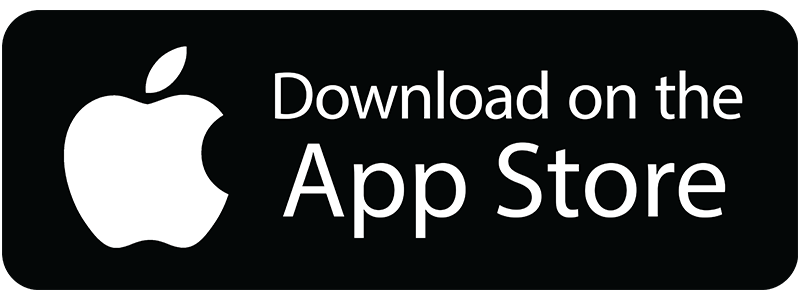Welcome to 2016, where consumers are less and less carrying around their wallets. Consumers these days are now being exposed to many different payment platforms. We have Square, Venmo, PayPal, Apple Pay, Android Pay, the list is growing everyday. Where does your business stand with accepting other forms of payment? Here are 5 reasons why your business should not just take checks and cash.
1. Checks are becoming an archaic thing of the past
Let’s face it. Soon, checks will be an extinct method of payment. According to Bank Innovation, “From 2003-12, checks decreased by half, from 36 billion to 18 billion.” It shows that soon enough, (estimated by 2021 with the rate of decline) check use will plummet to a whopping zero. Major grocery retailers like Whole Foods and Albertson’s have stopped accepting checks for the past several years now, and we’ll continue to see this trend widen as more payment technology expands and becomes available to us. However, major accounting sites (for example, QuickBook) whose services are availed by businesses, do have tie-ups with check printing services such as Check O Matic (https://www.checkomatic.com/order-quickbooks-checks) and similar others who provide personalized and professional-looking checks. Many businesses still opt to send checks for standard financial documentation and it is then that independent check printing services also, come in handy.
2. Cash isn’t always available on hand
If you’re anything like me, and a part of the emerging generation of the young, mobilized, “Swipe” generation, getting cash requires taking an extra step to get a transaction done. Going to the ATM to withdraw cash, or going to a store just to hit the cashback button, it all takes extra time in the day. People have to find cash and the stash (as much as I’d like it to be) isn’t infinite – the cash flow has to be replenished. As opposed to electronic funds, where consumers always have access to their accounts, whenever, wherever. Customer convenience has to be top priority for any business, so maybe now’s the time to look at websites like Merchant Alternatives (https://merchantalternatives.com/reviews/cypress-bay-solutions/) to explore the various service providers who can help you diversify your payment options to include debit and credit cards, mobile payments, and many other digital payment methods.
3. Cash = Room for Error
Dealing with cash is a mainly a manual activity. We count cash with our hands, do the math in our heads, and in cases where cents are involved, there’s a million coins multiplying and jingling in our pockets. We’re constantly adding and subtracting figures even with a register machine. This leaves a huge margin for error and inaccurate cash handling, especially when a business owner has a staff of workers dealing with cash all day. Lessen the friction of handling cash and automate payment processing with bill counters or similar machines. When dealing with a large fleet of people out in the field, it’s best to not have them physically handling the cash and checks so that they don’t have to be responsible for dropping off payments to you as the owner.
Choosing cash as a means of payment also means dealing with receipts. In other words, generating trash. Whether a business is writing up a receipt for the transaction, or a consumer is receiving one for his or her payment, how inconvenient is this process? Going paperless is on the rise (soaring, actually), and receipts are thrown in the trash 2.5 seconds after it’s handed to the customer. Whether it’s choosing Square, PayPal, Venmo, or it’s built into an app like Handlr, automating payment processing means businesses get paid quicker, and faster. The best part of automating the payment process is avoiding the awkward conversation of, “So, that invoice from last week…”
4. Mobile payment is preferred
Mobile payments have been on a significant rise with the rise of digital payment options (find out more about mobile eCommerce statistics online). Since 2014 and the almighty release of Apple Pay, I’ve gotten used to the idea of not carrying around my wallet anymore. In fact, I get a bit irritated when I walk into an establishment that doesn’t support Apple Pay. I even prefer to shop at locations that accept it. When they don’t, I think, “Why isn’t this business investing in the easiest ways to accept payment?” But taking a step back, the percentage of preference of mobile payment is outstanding. TechCrunch reports that, “Ninety-four percent of consumers under 35-years-old bank online,” weighing the scale far on the electronic/mobile side. It’s the livelihood of a business to offer methods of payment that consumers prefer, otherwise, they’re not coming to ya.
5. “Electronic Funds are Not Safe.”
In, “How the Decline of Cash Makes America a Safer Country,” posted by The Atlantic, Thomspon states that cash was the bloodline of the black market, because cash is absolutely untraceable and easily stolen. Now with the declining statistics of using cash, we see a correlation if a decline in the percentage of crime rates, particularly with robberies and other illegal activities. There’s dangers to using anything really, including using cash.
Also, banks and payment processing companies ensures consumer safety and most of the time, gets the money back pretty quickly to their account when there are instances of fraud. In cases of unauthorized transactions, it’s common for banks to immediately issue a new card (with a temporary card in the meantime) fast.
And lastly, we have to remember that convenience trumps all. Paper checks are quickly dying because it takes days to process and it’s simply a long process to deal with it. The success of fast-food restaurants and on-demand services like Uber, is because it’s so instant, easy, and accessible to use.



